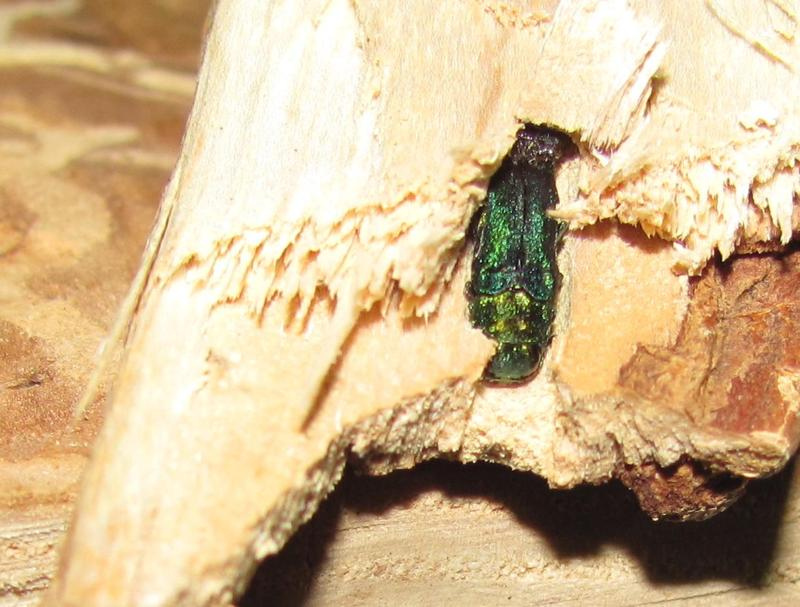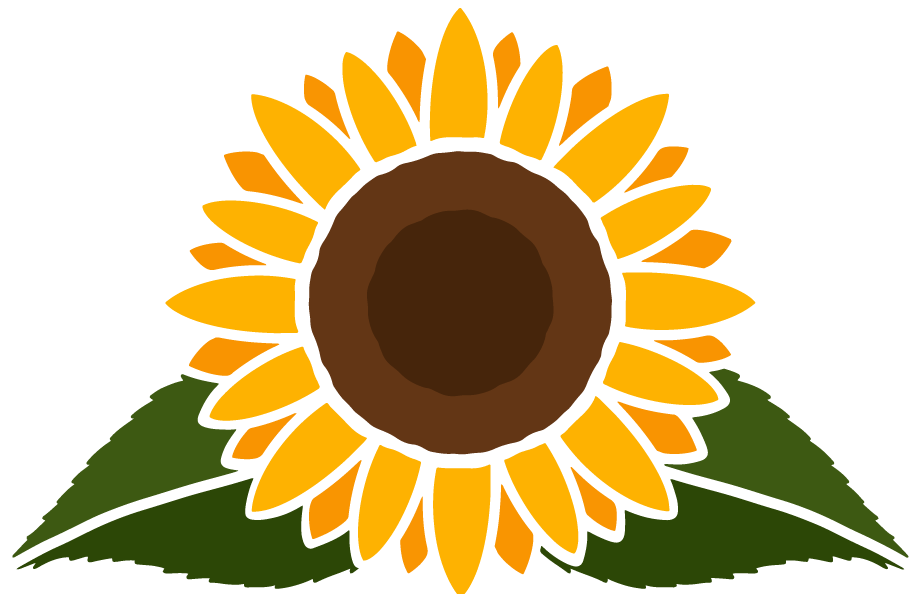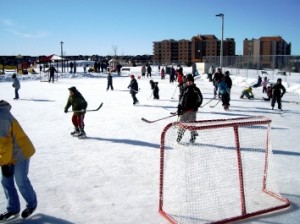
It is starting to feel like spring today! I hope that you and your families are doing well. I wanted to take a moment to provide you with an update about the Emerald Ash Borer (“EAB”) issue.
In 2008, City Council approved a high level approach to address EAB. It was laid out in 5 steps:
- Regulation of wood movement and disposal;
- Tree removal;
- Selective tree injections;
- Proactive tree planting and replacement tree planting; and,
- Public Consultation/Outreach.
Each year since, staff have updated City Council on their progress and have provided Council with a rationale regarding any changes to their approach.
There are a couple of factors to consider when examining the next steps about EAB:
- The actual location of populations of the insect and,
- Trends for the spread.
When this insect first made entrance into the USA and Canada in ~2003, there were 2 research papers on EAB in its home territory in Asia. 5 years later, when it first reached Ottawa in 2008, and to date, the research is not complete.
TreeAzin Injections
One element of the City’s EAB strategy includes tree injection as a mitigation measure to minimize the impact on the forest cover. Since 2009, the City has worked on a Pilot Project with a tree injection called TreeAzin. It is a trial product, that does not have full registration in Canada, but shows excellent results if the tree is a good candidate for treatment.
Ash trees located on City property are thoroughly assessed to determine if they will respond well to TreeAzin. Some trees may be too infected to be treated, in poor condition due to other health factors, or simply in a poor location. Staff have found a large number of Ash trees in poor condition (think back to the 1998 ice storm) and in bad locations (e.g. under hydro wires). To date, the City has injected over or 750 Ash trees (20,000 cm) with TreeAzin and the program will be expanded this spring to 1500 Ash trees (55,000 cm).
The cost of the TreeAzin treatment is directly related to the size of the tree. For example, for an average sized 40 cm diameter tree, the City’s cost is ~$6.00 per centimetre or $240 and the private commercial cost is estimated as high as $10 per centimetre or ~$400. The injection needs to be done every other year and the duration of efficacy is not known at this time. An interesting fact – to this day, the City is injecting the remaining American Elm trees from the 1960’s and 1970’s injection program.
Residents have the option to inject City-owned trees located on their property, at their own cost, if it is deemed reasonable to do so. If residents have questions, they can call 3-1-1 and speak to City staff for advice on whether the tree may be a candidate for injection and how to proceed before engaging a qualified contractor. TreeAzin injections should only be performed by a qualified professional and trees must be re-injected every two years, potentially for the life of the tree.
Broad Consultation
Forestry Services has actively consulted with many groups, both internal and external. It was recognized that a “Made in Eastern Ontario Solution” was needed and this was addressed through the formation of a Regional Forest Health Working Group.
This group is comprised of representatives from the City of Ottawa, City of Gatineau, National Capital Commission (NCC), Canadian Food Inspection Agency (CFIA), Canadian Forest Services, Ontario Ministry of Natural Resources (OMNR), local Conservation Authorities, the Mohawk Council of Akwesasne, Ontario Parks, Public Works and Government Services Canada (PWGSC), and forest industry representatives, all who bring various backgrounds and expertise. Since 2008, all partners have reached out to educate the public, generate public input and work to mitigate the impact of EAB on Ottawa’s residents.
The City has also actively participated with EAB working groups across Canada and Ontario to provide advice and to seek expert advice from communities, such as those in southwestern Ontario who have dealt with the impacts of EAB longer than Ottawa. These communities have also seen EAB impacts in locations that Ottawa has not yet experienced, such as in forests and riparian areas.
In the last two years, outreach to the Ottawa Region Landlords Association (ORLA), the Building Owners and Managers Association of Ottawa (BOMA), Ottawa Community Housing, the Ottawa Hospital and universities took place to provide information about the challenges of being large land owners in the Ottawa area. This spring, the City hosted two citywide EAB sessions, at Ben Franklin Place and at the Jim Durrell Centre and City staff are attending smaller meetings with Ward Councillors.
In addition, Forestry Services has worked with the private sector on wood handling and wood processing pilot programs. A Request for Proposal for a competition will be let this spring to achieve two specific goals:
- Value-added use of the Ash material produced because of EAB; and
- Cost reduction for the disposal of Ash wood for both the City and private residents.
Information is also provided to developers when they are applying for approvals through the Planning and Growth Management Department on the proper handling and disposal of wood when working on sites in Ottawa.
Next Steps
The City estimates that there are 75,000 Ash trees on City streets. Thankfully, not all are infested at this time. For this reason, staff will continue to monitor, expand the injection program and expand the interplanting program to help ensure that the Ash tree is around for future generations in some form.
If you have any questions about this or any other municipal issue, please let me know.



